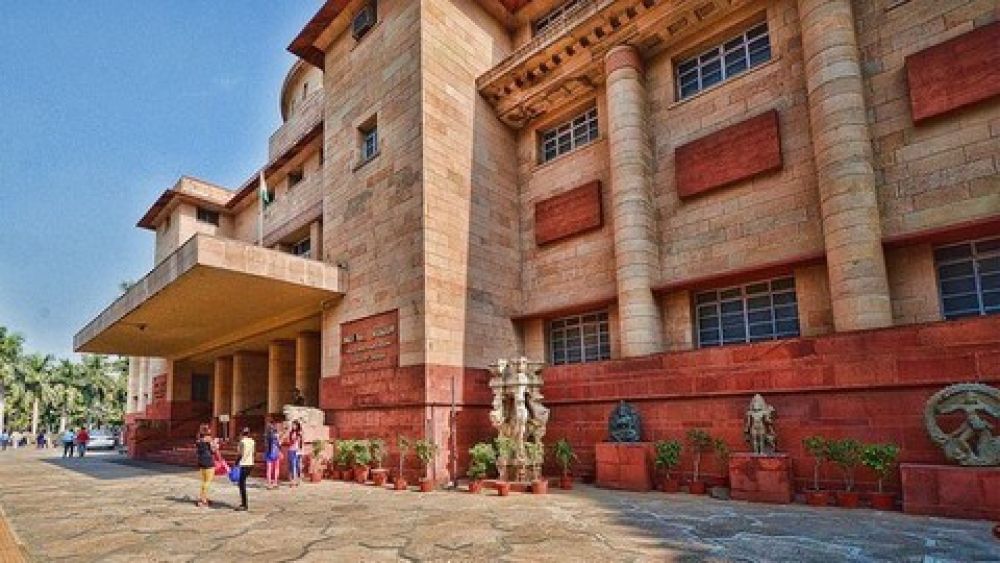

Located in the heart of India's capital, Delhi, the National Museum stands as a custodian of India's rich cultural heritage and history. Established in 1949 on the cornerstones of education and cultural dissemination, the National Museum has been a central attraction for tourists, historians, and art enthusiasts from around the world.
The idea of a national museum in India was conceived by the British colonial government and took a more concrete shape with India’s independence. The museum was initially established in the Rashtrapati Bhawan with a small collection. It was later moved to its present location in Janpath, New Delhi, in 1960. Since then, it has played an instrumental role in preserving and showcasing artifacts spanning over 5,000 years of Indian heritage.
In the early years, the museum attracted scholars and history buffs interested in tracing India's past through its objects. Over the years, with the rapid expansion of the tourism industry, the National Museum became an integral part of India's tourist circuit. Its central location, close to other historical landmarks such as India Gate and Rashtrapati Bhavan, added to its appeal. International tourists, guided tours, and educational trips have become commonplace, contributing significantly to the museum's footfall.
In recent times, there has been a consistent effort to enhance visitor experience at the National Museum. The latest tourism trends include:
The National Museum continuously evolves, reinforcing its position as a premier destination for those seeking to immerse themselves in India's profound historical legacy.
Today, the National Museum is more than just a repository of art and history. It is a vibrant cultural hub that hosts temporary exhibitions, lectures, and educational events, making it a popular destination not just for international travelers but also for the local populace. The museum's architecture, a blend of modern lines and traditional Indian styles, is yet another draw for architecture enthusiasts.
The openness to adopting new technology and enhancing visitor engagement has ensured that the National Museum stays relevant even as tourism patterns evolve. As we move forward, the National Museum continues to not only protect but also project India's past into the future, engaging new generations and audiences from across the globe.